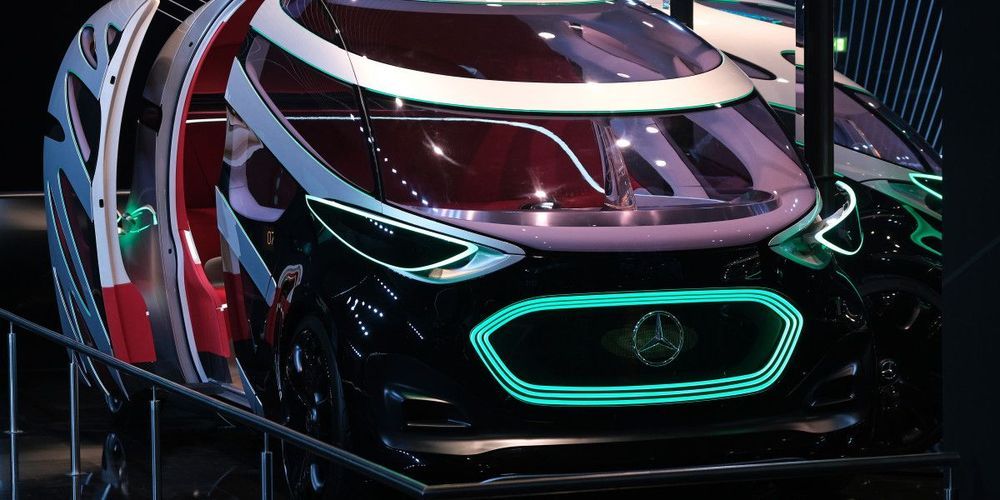This video was made possible by Squarespace. Sign up with this link and get 10% off your purchase of a website or domain after your free trial! https://squarespace.com/singularity
In the last video in this series, we discussed the biologically inspired structure of deep leaning neural networks and built up an abstracted model based on that. We then went through the basics of how this model is able to form representations from input data.
The focus of this video then will continue right where the last one left off, as we delve deeper into the structure and mathematics of neural nets to see how they form their pattern recognition capabilities!
Thank you to the patron(s) who supported this video ➤
Wyldn pearson garry ttocsra brian schroeder
Become A Channel Member, Patron or Make A Donation ➤.








